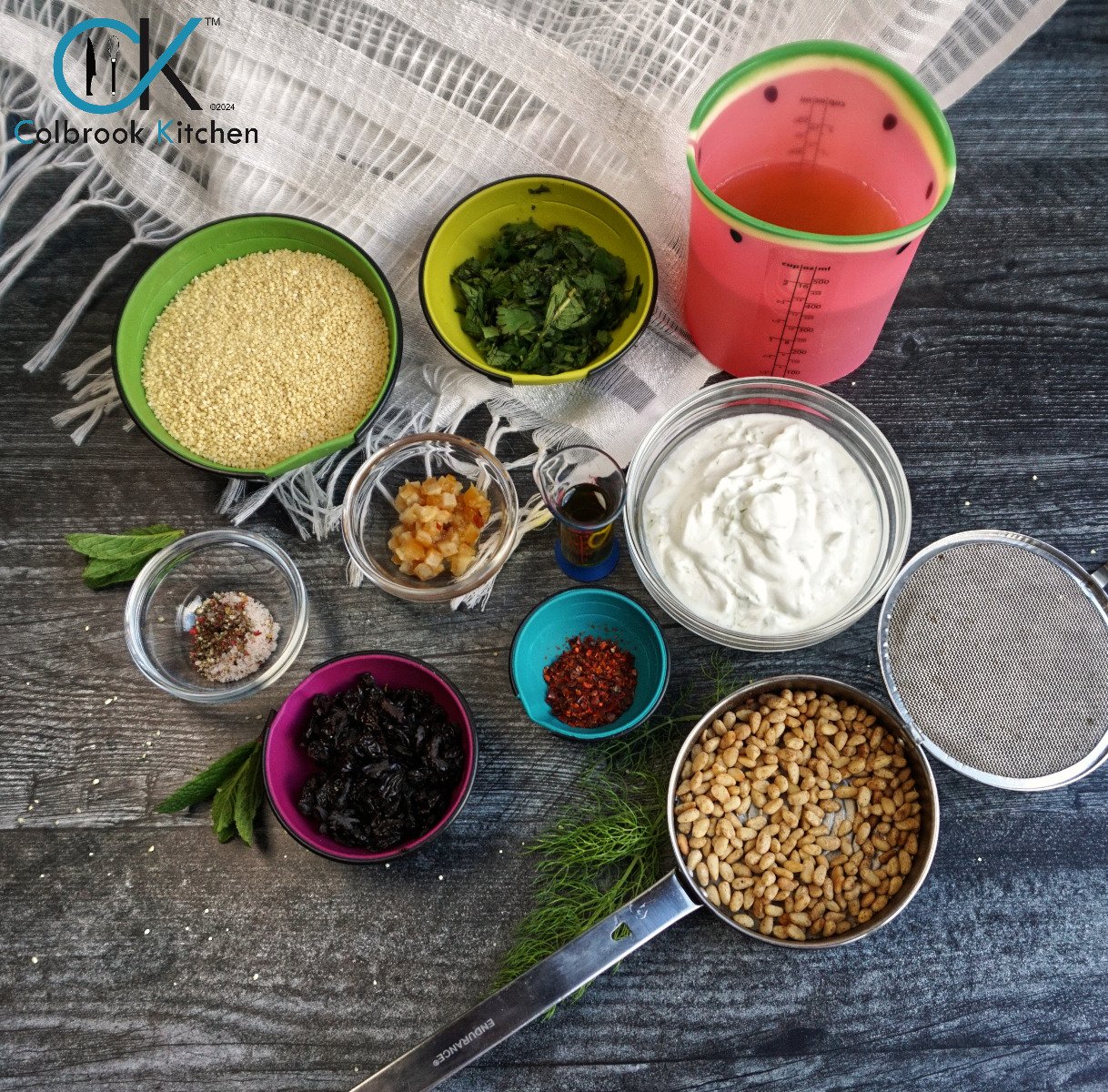Cool Tip: We Love Olives...
- Jun 24, 2015
We just got done harvesting our olives this year. We have 21 olive trees that we planted about 12 years ago as olive “sticks”. They’ve grown! We were able to count our first crop: 52 olives. We decided not to go into agribusiness! But now harvest takes us the better part of a full day. So we thought we’d share with you what to do if life gives you raw olives! First DO NOT EAT THEM IN THEIR RAW STATE! We can’t emphasize this enough: they are bitter and awful and will put you off olives forever.
The first thing you do after you pick is sort--you have to get rid of all the olives that are bruised or have little bites on them. Here’s an example of what to look for...a little indentation with a tiny hole in the middle. These are bad--toss them! It hurts, because they are often otherwise beautiful olives, but don’t keep them, they are damaged.
Now you have three ways to go to cure them (get rid of the bitterness). The fastest is to put them in a lye solution. If you want to do that, you can find some good advice in this University of California publication. We have personally not had great luck with this method, but we have friends who have been spectacularly successful with it.
The second method is a salt cure, where you mix the olives with dry salt and pull the bitterness out with the liquid. That method is covered in the article as well.
Our favored method is the one we learned from “Olive Don” (sort of the Johnny Appleseed of olives), who loves olives with a reverence and shares his knowledge with an unmatched generosity. Here are his instructions, with a few of our notes.
First steps:
- Sort out defective fruit (bruised, soft, or with a tiny hole and indentation that indicates a bite)
- Pick all stems
- Wash fruit thoroughly with fresh water. This is important because some trees have dust on the leaves, if if it gets into the brine, you get a grayish/white scum.
Place the olives in a container that can be made airtight, and get them into brine as soon as possible after picking.
When the olives go into the brine, they should be kept below the surface of the brine. A harmless mold forms on the surface of the brine where it contacts air. The mold will ruin the fruit that contacts it. We use a plastic disc shaped like the interior of the container, with half inch holes in it; we had ours made at TAP Plastic. You can keep the disc below the surface by putting a jar filled with water on top of it. Be sure to skim the mold when you change the brine (you can wrap the disc in cheesecloth and then change the cheesecloth.)
Don't let the olives be in contact with the air any longer than is necessary to change the brine.
1st Brine: 8 ounces of salt per gallon of water (½ ounce/cup) – have lid loose
One week later: Replace brine with 16 ounces of salt per gallon (1 ounce/cup) – have lid loose
One week later: Replace brine with 16 ounces of salt per gallon (1 ounce/cup) – secure lid tightly from here forward
Two weeks later: Replace brine with 16 ounces of salt per gallon (1 ounce/cup) – add a fennel bulb and a garlic bulb to the container
Next 7 months, change brine monthly: Replace brine with 16 ounces of salt per gallon (1 ounce/cup)
One month later: Replace brine with 24 ounces of salt per gallon (1.5 ounce/cup) – leave olives for 2 months without changing brine
2 months later: Remove olives from brine and de-salt.
When olives are removed from brine they must be refrigerated.
To de-salt olives, cover with fresh water and change water every day until you get the level of saltiness you want. Refrigerate olives during the de-salting process. Changing the water everyday makes this process go faster.
Notes:
- The purpose of the curing process is to get the bitter out of the olives. If you like bitter olives, you may want to stop the process earlier. Taste along the way.
- Olives in the stronger brine (1-1.5 pounds salt/gallon) will last indefinitely.
- Changing the brine every month helps keep the brine clear, but it's not necessary.
- Olives have a high pH (low acid). If you jar your olives and process in a water bath, they should have a pH below 4.6. The target pH should be about 4.
- You can use phosphoric acid, vinegar or lemon juice to get the pH low enough on your olives, but you should test the solution before you can the olives or it can be very dangerous.
Be patient, and enjoy!





